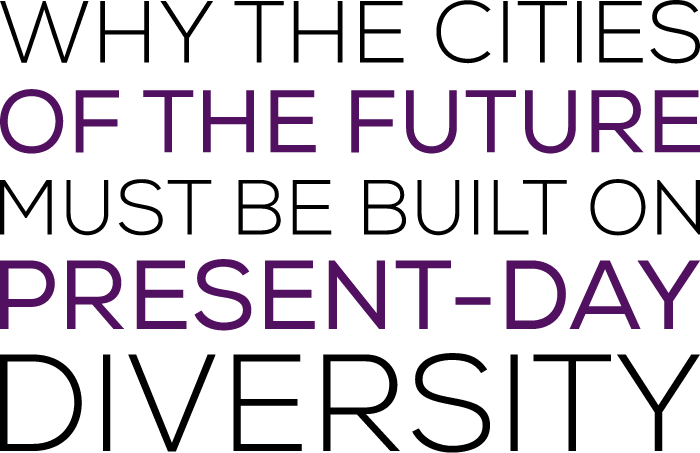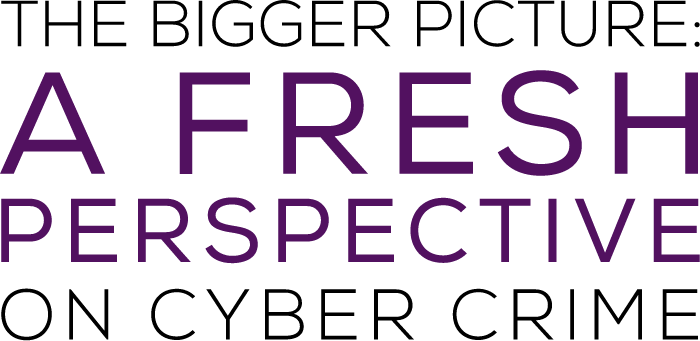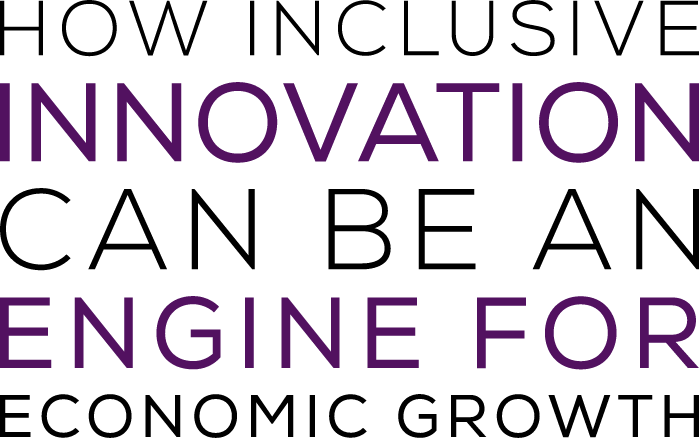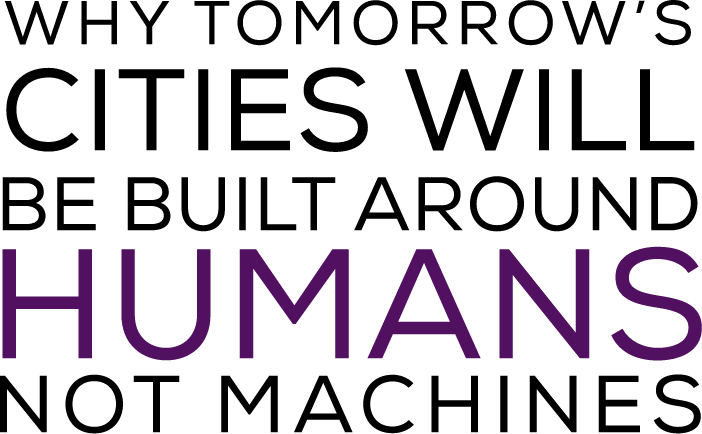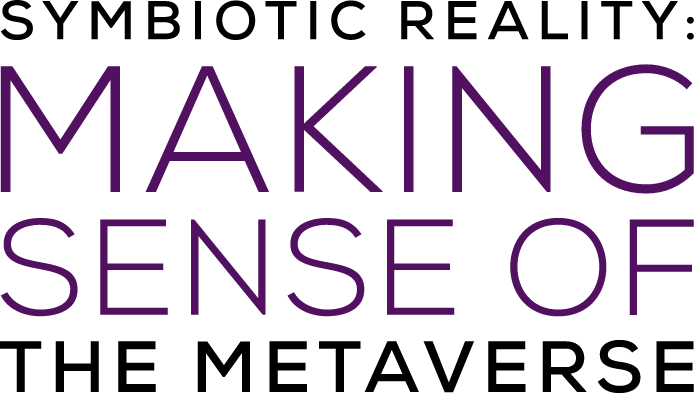
Improvements to our quality of life are only sustainable if new technology is used to close widening economic and social disparities.
The pandemic was a period of great disruption, but also of great divergence. Cities such as Bangalore experienced a 100 per cent increase in internet usage during lockdowns as people attempted to stay connected to their jobs, families and friends. But beyond urban centres people remained in the dark.
As of December 2021, roughly 2.9 billion people – more than a third of the global population – had never used the internet. The UN estimates that around 96 per cent of these people lived in developing countries.
Add the hundreds of millions who have to share devices or travel to find a usable connection and we begin to get a sense of the ‘digital divide’.
Part of the problem is spatial. “One of the main reasons we don’t have global connectivity today is that it doesn’t make much business sense to lay hundreds or thousands of kilometres of fibre optic cables to reach sparsely populated remote rural areas,” explains Dr Mohamed-Slim Alouini, a professor of electrical and computer engineering at King Abdullah University of Science and Technology (KAUST).
Even in cities, lower-income areas are often poorly served by the connectivity infrastructure, leaving large swathes of the population without access to information, job opportunities and public services. The impact was particularly acute during the pandemic when millions of children were shut out of virtual classrooms by poor WiFi connection or a lack of equipment.
Bridging this gap will require cities to play a greater role in the connectivity ecosystem. This is what NEOM will do.
Fabio Fontana, CEO of ZeroPoint DC
Bridging this gap will require cities to play a greater role in the connectivity ecosystem. This is what NEOM will do, explains Fabio Fontana, CEO of ZeroPoint DC, the Middle East’s first next-generation hyperscale data centre. But it will require a fundamental rethink of how connectivity is provided and even the way it is defined.
“Fibre is essential when you need fast connectivity to reduce latency between data centres, while 5G is important for when people are moving around in a fixed location,” he explains. “But when they are outside the range of 5G towers or fibre optics you need another solution.”
In October 2021, TONOMUS – the company enabling NEOM’s vision to build the world’s first cognitive community with digital infrastructure and groundbreaking technologies – established a joint venture with Low Earth Orbit (LEO) satellite operator OneWeb to provide connectivity to NEOM, Saudi Arabia, and some of the currently disconnected areas of the Middle East. “By deploying OneWeb’s LEO solutions, our joint venture will offer high-speed, low-latency connectivity across the region, including in the most challenging and hard-to-reach environments,” explains Laith Hamad, CEO of the OneWeb/TONOMUS joint venture.
By combining satellites with connectivity infrastructure on the ground such as fibre optics and 5G towers, TONOMUS is developing a ubiquitous digital ecosystem, something it describes as “Digital Air”.
"Connection everywhere changes everything,” says Hamad. “Connectivity delivers inclusion, a better quality of life and economic advancement through improved access to vital services like education and healthcare."
Laith Hamad, CEO of the OneWeb/TONOMUS JV
“Connection everywhere changes everything,” says Hamad. “Connectivity delivers inclusion, a better quality of life and economic advancement through improved access to vital services like education and healthcare.”
But infrastructure alone will not bridge the digital divide. Some 3.4bn people do not use the internet despite living in areas with mobile broadband coverage, according to research conducted by GSMA, a mobile network industry association. While broadband coverage has increased in recent years, people are still shut out by socioeconomic barriers such as cost.
“Even at the airport you need to pay $10 to access the WiFi,” says Fontana. “This might be possible for some, but it’s the type of thing that shuts people off from the benefits of the internet.”
Instead, says Fontana, TONOMUS is helping develop “an environment where connectivity – whether via 5G, fibre or LEO satellites – is fundamental for access to technology that improves lives and enhances the human experience”. The company’s data consent management platform will allow users to enjoy various benefits and financial rewards for authorising the use of their personal information by third parties. “The foundation for this is trust,” says Fontana, explaining that users are shown how their data is used and by whom, should they choose to share it, as well as how their details are stored.
Access to this data then allows companies to see what these people need and to develop services that suit them. A company based at NEOM could use data on family size and food availability across the Middle East, for example, to organise supply chains and reroute services to where they are most needed. Governments, meanwhile, could aggregate anonymous healthcare data to find out where to build hospitals and other key services.
“NEOM is at the forefront of technology from a number of perspectives,” says Hamad. “OneWeb and TONOMUS are supporting the aim to connect 100 per cent of NEOM’s territory with advanced cognitive technologies and to create better, more sustainable ways to accelerate human progress.”







